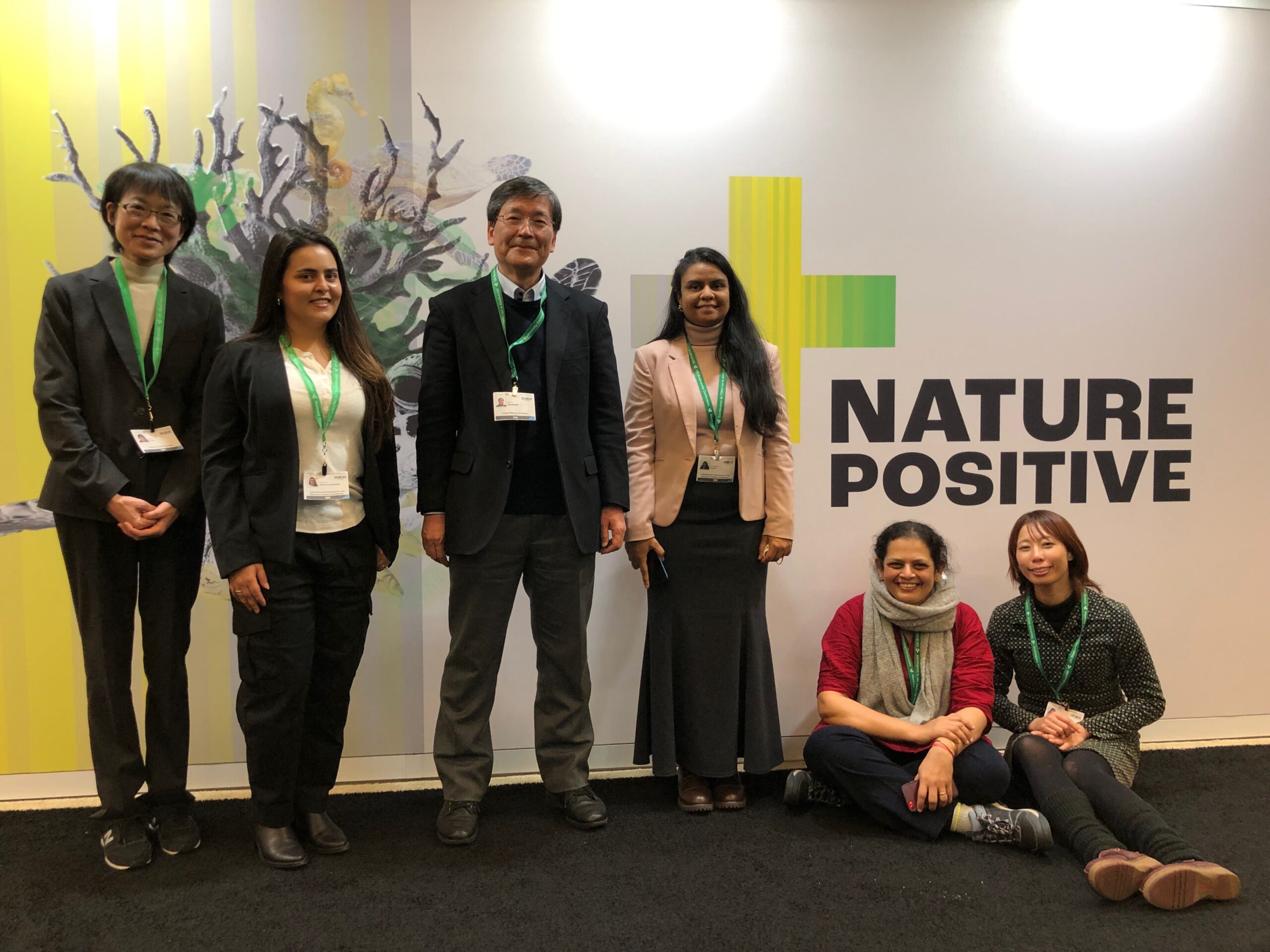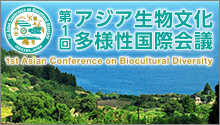The author, Himangana Gupta, is a research fellow and academic associate at UNU-IAS. She is an expert in climate change and biodiversity policy and has seven edited books to her credit and more than 30 research publications. She also worked with the Indian Ministry of Environment, Forest and Climate Change, contributing to India’s national communications to the United Nations Framework Convention on Climate Change. She is also serving as Lead Author for the Nexus Assessment Report of the Intergovernmental Platform on Biodiversity and Ecosystem Services. As a participant in the 15th Meeting of the Convention on Biological Diversity (CBD) from OUIK, she attended key events and collected experiences from the meeting.
It is well agreed among the scientific and political community that current trends of biodiversity loss have overburdened natural ecosystems. It took the world’s collective wisdom more than half a century to acknowledge that unsustainable lifestyles are leading to loss of biodiversity. Biodiversity, considered as a national resource, is now known to challenge global harmony, affecting health, food security and water resources. The 15th meeting of CBD was instrumental in finalizing the long-pending post-2020 Global Biodiversity Framework, covering these important challenges and multiple sectors that have significant synergies and trade-offs with biodiversity. The framework includes four goals and 23 targets, addressing overexploitation, pollution, fragmentation and unsustainable agricultural practices, climate change. It aims to protect 30% of the world’s land and oceans by 2030. But yes, this doesn’t mean we forget the rest of the 70% ecosystems. This includes urban ecosystems, for eg, city forests. This is important to achieve the long-term vision for 2050, which demands that biodiversity is valued, conserved, restored and wisely used for good health and well-being.
COP-15 focussed on this vision, and there was also a high inclination on traditional knowledge to build economic, social and ecological resilience. Therefore, countries were encouraged to incorporate traditional practices for implementation of the new agreement. The representation from indigenous communities was high and they spoke about indigenous land rights, and loss of culture. The private sector and businesses, on the other hand, talked about reducing impacts on indigenous communities and loss of biodiversity. However, their initiatives were seen to be falling short of achieving any real conservation, especially by the indigenous groups.
Side by side, the efforts of subnational governments in enhancing urban biodiversity was highlighted. City mayors from different parts of the world reflected on nature positive culture in the cities and how climate and biodiversity concerns could be equally tackled in urban areas. The Non-State Actors also called for supporting climate action and the Sustainable Development Goals by including a nature-positive mission, ensuring rights-based approaches and Indigenous Peoples and local community rights, and committing adequate financial resources.
During the plenary session, nations came together to discuss the new framework before it is adopted. Many countries highlighted the need to have a special fund for biodiversity, but some argued that here is enough money to conserve biodiversity, but more money is going into destroying it through harmful subsidies. To protect biodiversity, the new agreement asks to reduce annual harmful government subsidies by $500 billion and mobilize by 2030 at least $200 billion per year in domestic and international biodiversity-related funding from all sources.
But this funding needs to go in solutions that actually bring about a transformative change. Many organizations presented nature-based solutions as a way forward to not only conserve but enhance biodiversity. However, these actions remain contentious as there is a fear among the scientific community about the relevant safeguards for biodiversity and indigenous community. At COP-15’s nature positive pavilion, there were several events focusing on a variety of issues including on protected and conserved areas, corporate accountability for a nature-positive future, OECMs and green economies, urban nature-based solutions, and climate-biodiversity nexus. But still, more negotiations are needed to agree on such solutions so that they are full proof.
Surprisingly, the sad part of the story is that representation of funders and other key stakeholders, including Party delegations was much lower in COP-15 as compared to climate COPs. This particularly shows that biodiversity is still ignored and not seen as a key global challenge by many. What is needed is partnerships like the International Partnership for the Satoyama Initiative, and also city-level partnerships focusing on biodiversity to spearhead real action for nature-positive future.





